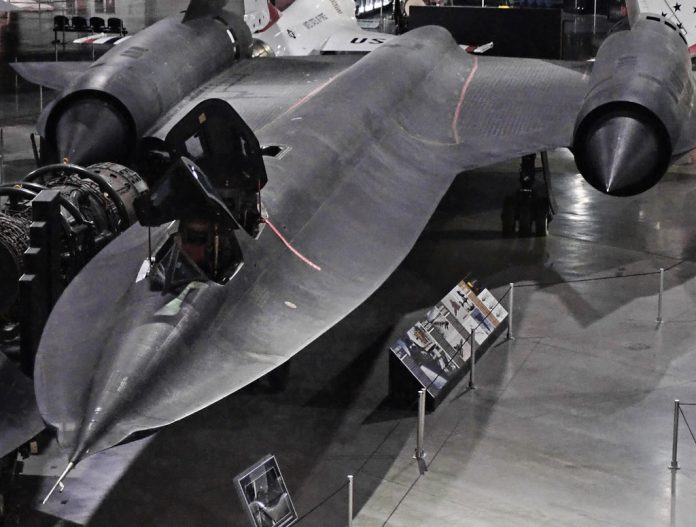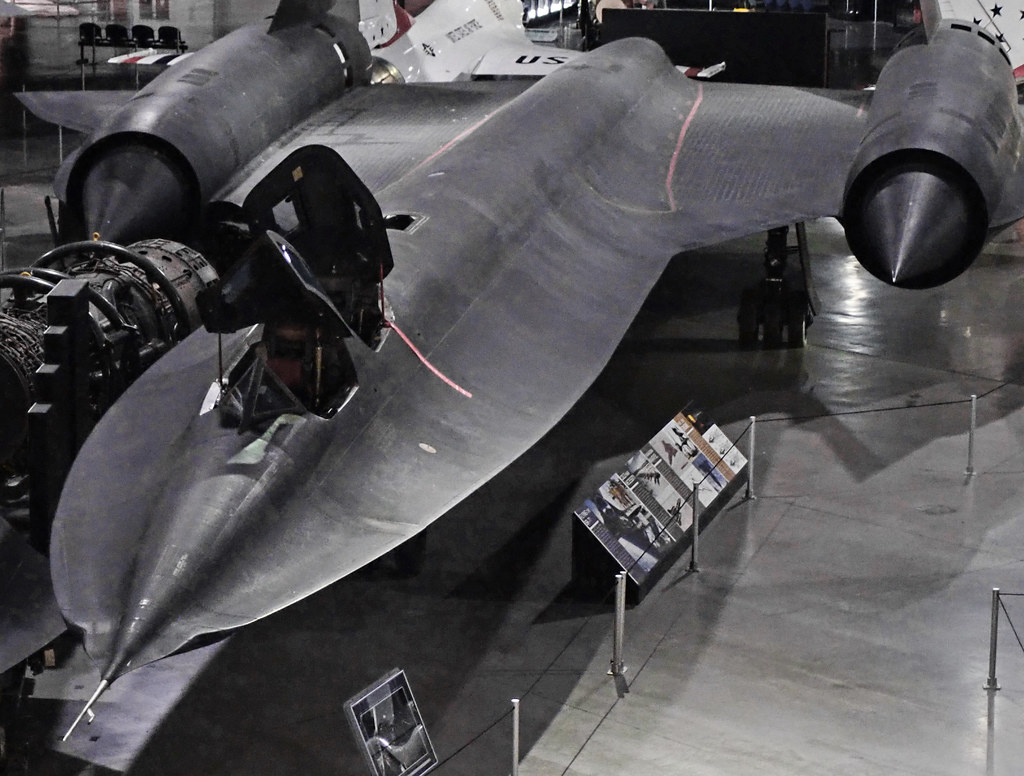
On April 15, 1986, the chill of dawn cloaked the Mediterranean as an SR-71 Blackbird thundered toward Libyan airspace. Piloted by Major Brian Shul and Reconnaissance Systems Officer Major Walter Watson, the mission was as dangerous as it was historic: document the aftermath of Operation El Dorado Canyon, the U.S. military’s direct response to Muammar Qaddafi’s support of terrorism, including the bombing of the La Belle Discotheque in Berlin.
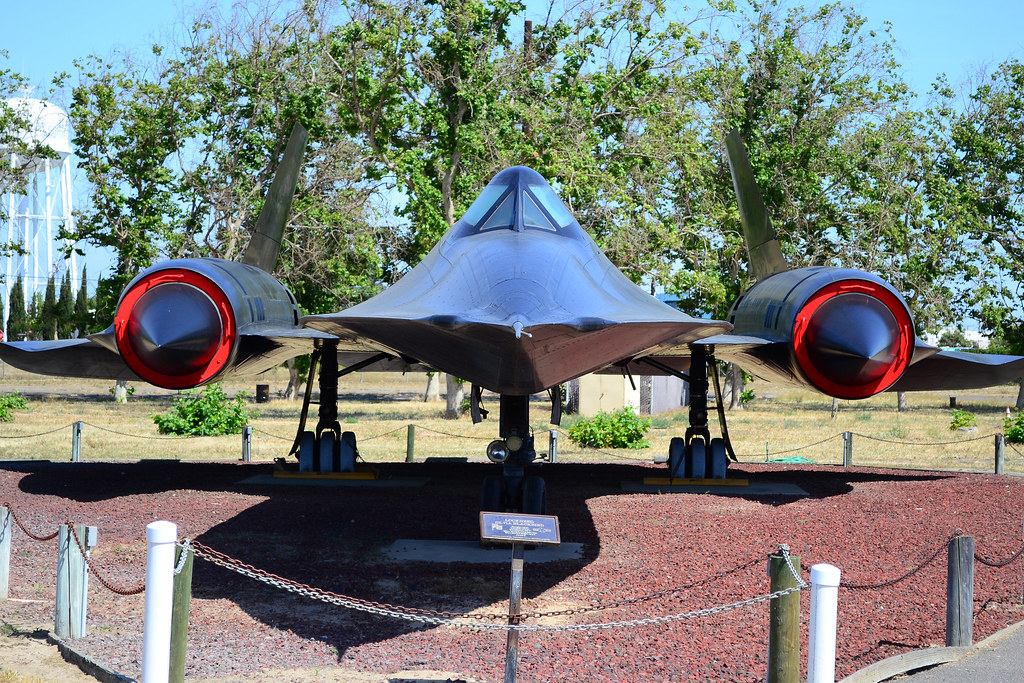
At velocities that defied imagination, the Blackbird crossed Qaddafi’s notorious “line of death,” tailed by a barrage of missiles that struggled in vain to catch the legendary reconnaissance aircraft.
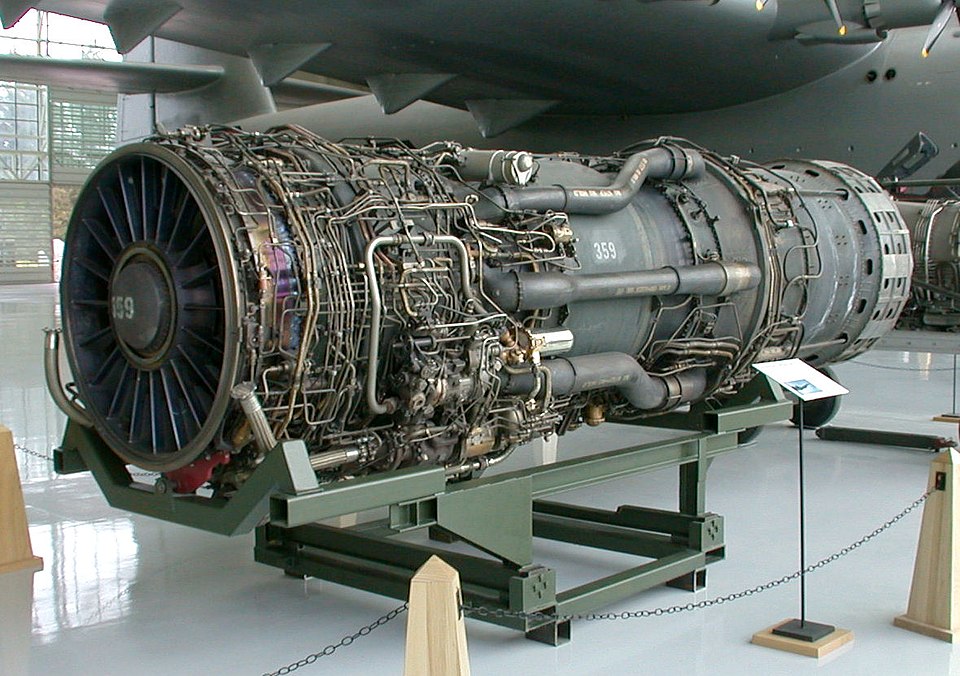
1. The Aircraft That Outran the World
The SR-71 Blackbird was more than an aircraft it was a phenomenon. Born out of Lockheed Martin’s Skunk Works and the brilliance of Clarence “Kelly” Johnson, it broke world records for speed and altitude, flying comfortably in excess of Mach 3. Its titanium hull, specialized JP-7 fuel, and heat-resistant systems were designed specifically to outrun any threat. In the Cold War game board, where seconds were a matter of life and death, the Blackbird design made it uncatchable, a specter that could map enemy territory and disappear before a missile even targeted.
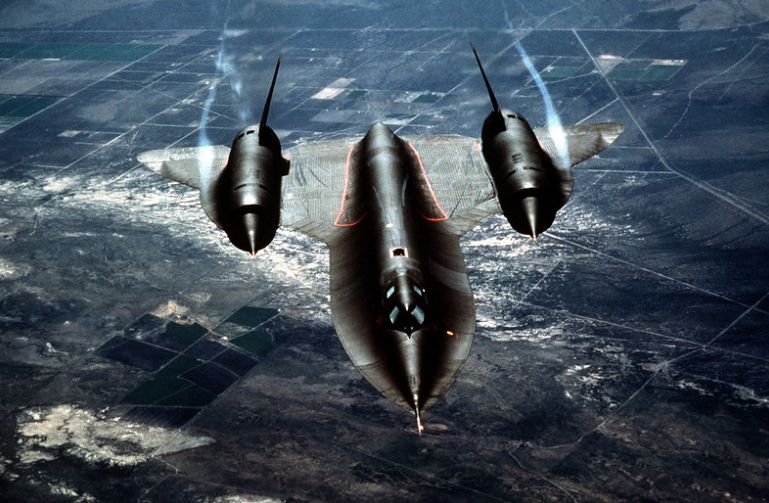
2. A Mission of Extreme Risk
Operation El Dorado Canyon was a retaliatory strike, but Shul’s mission took it one step further flying hostile skies within seconds of the bombing to gather key intelligence. It was not simply a flight but a calculated risk, flying through an environment saturated with anti-aircraft defense. Libyan defense forces fired multiple missiles in a futile bid to hit the plane. But each attempt only highlighted the impossibility of keeping pace with a machine built to outrun obliteration.
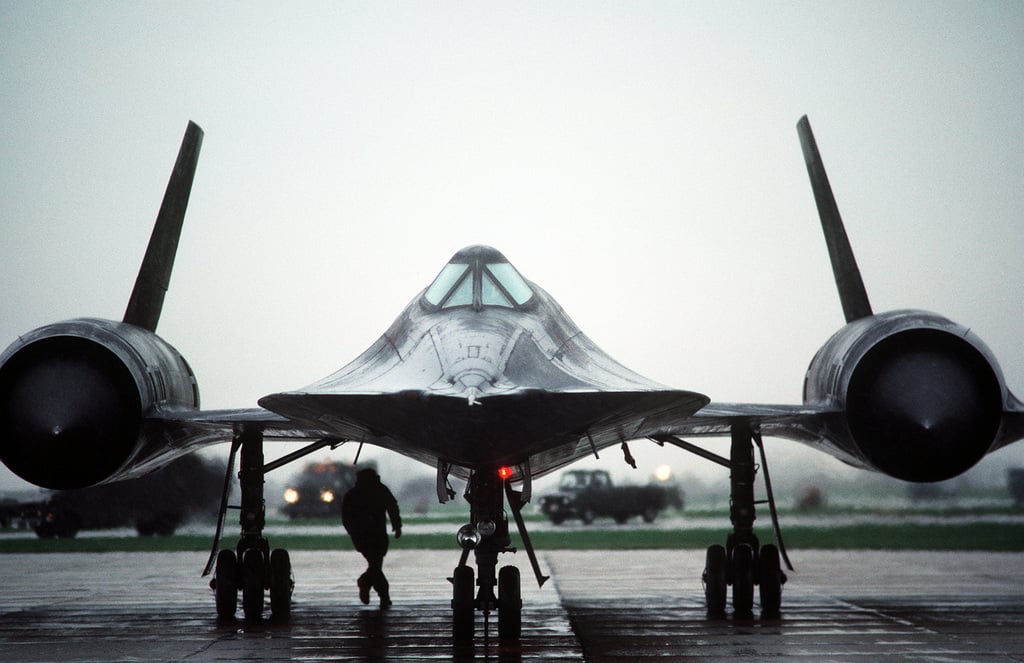
3. The Moment of Truth
While missile warning lights flashed and Walter Watson’s voice attested to multiple launches, Shul had a choice that would seal the mission. Instead of turning away in panic, he jammed the throttles to their maximum. “We wagered our lives on the performance of the airplane,” he testified later. In that nail-biting line of sky, the SR-71 demonstrated its worth, storming through the missile field with a turn so steep and narrow that the rockets trailed harmlessly behind.
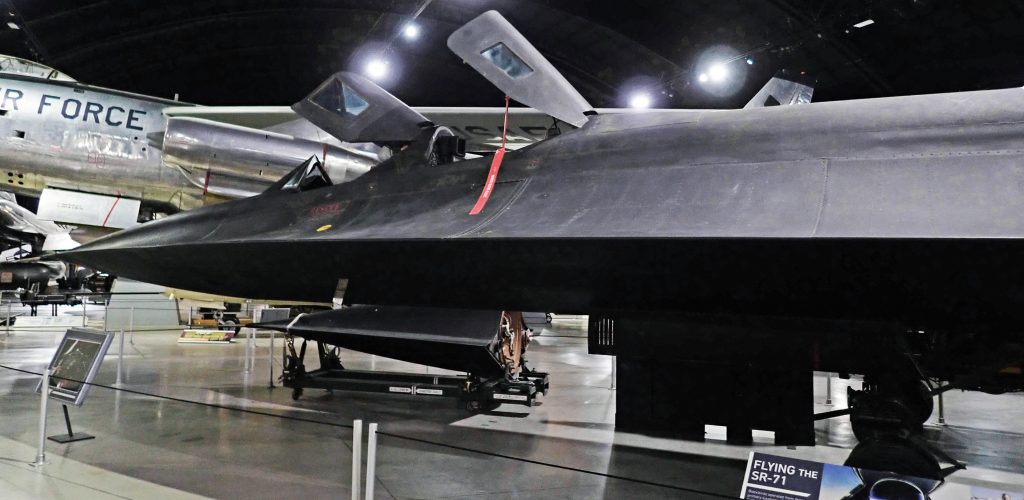
4. Flying Beyond the Edge
The Blackbird was operating at an all-time high during this breakaway, flying at a speed rarely achieved even in its legendary career traveling a mile per 1.6 seconds, well beyond its Mach 3.2 threshold. Shul would eventually say it was as fast as they’d ever flown.
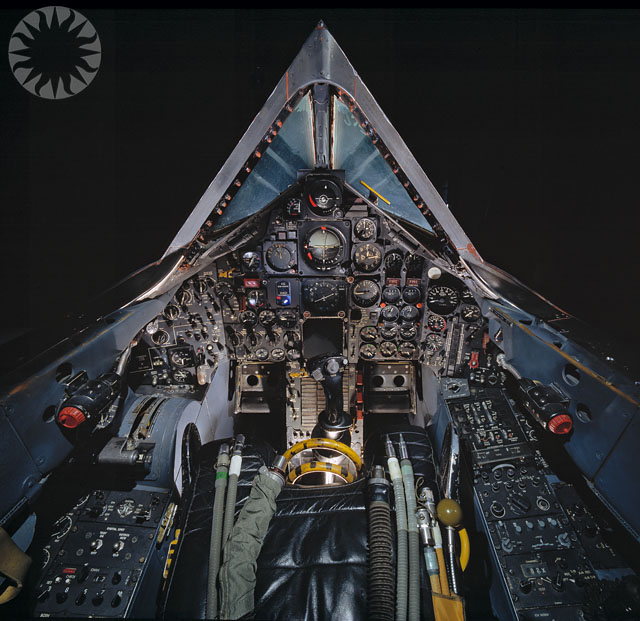
By the time they reduced the throttles to about Sicily, the plane had already outpaced its planned refueling tanker over Gibraltar, a testament to the raw, near-superhuman pace at which it flew that day.
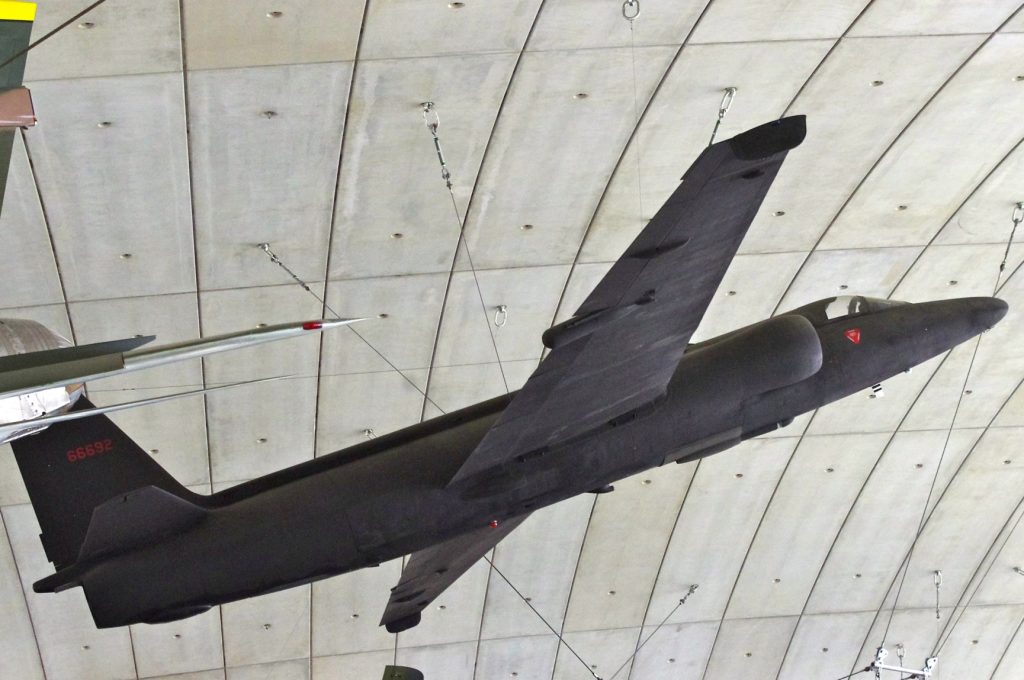
5. Engineering a Cold War Phantom
Each inch of the SR-71 was designed for flights like this one. First taking to the skies in 1962 and becoming operational in 1966, it was the solution to a network of Soviet air defenses that had shot down the U-2 spy plane merely a few years earlier. Its titanium construction, purpose-built hydraulics, and radar-bending shape provided it with toughness in weather that would cause other planes to buckle. It was a masterpiece of human design a spy plane that made speed and height its armor.
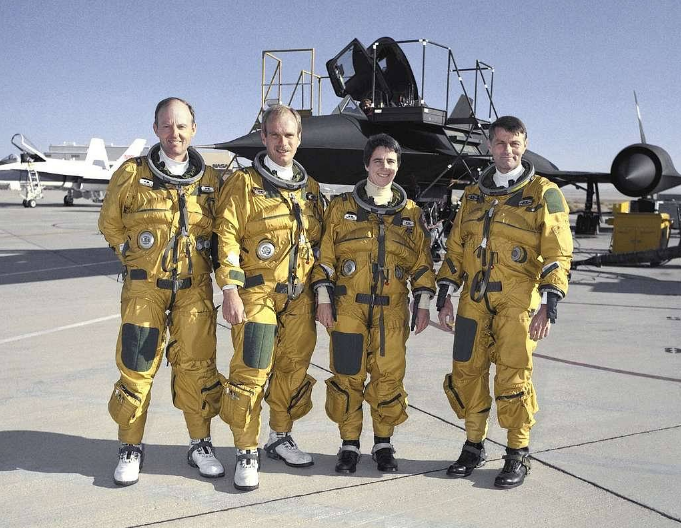
6. A Pilot’s Relationship with the Machine
To Major Shul and so many other pilots, the SR-71 was not just a machine; it was a companion. They treated her with reverence, speaking of the way she sprang to life in times of danger, meeting pressure with elegance and strength. That April morning, as missiles gouged through the Libyan atmosphere, the Blackbird seemed less a machine and more a guardian angel an ally whose every intention was to get its crew home.
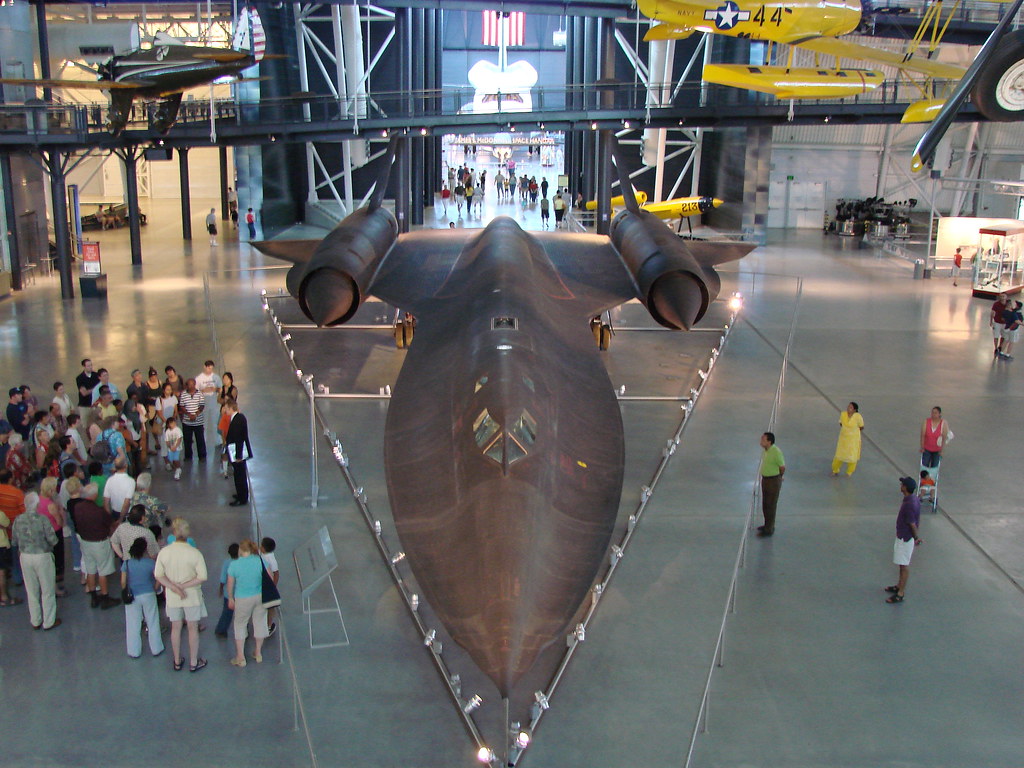
7. Legacy of the World’s Fastest Jet
This mission was only one of many to engrave the SR-71 in Cold War legend. Operating under six U.S. presidents, it spied on the Soviet Union, Vietnam, the Middle East, and Libya with unparalleled success. Its record outrunning almost 4,000 missiles without ever being downed is more than a number; it’s a legacy of dominance, nerve, and the insatiable chase of intelligence amidst an age shaped by brinkmanship.
